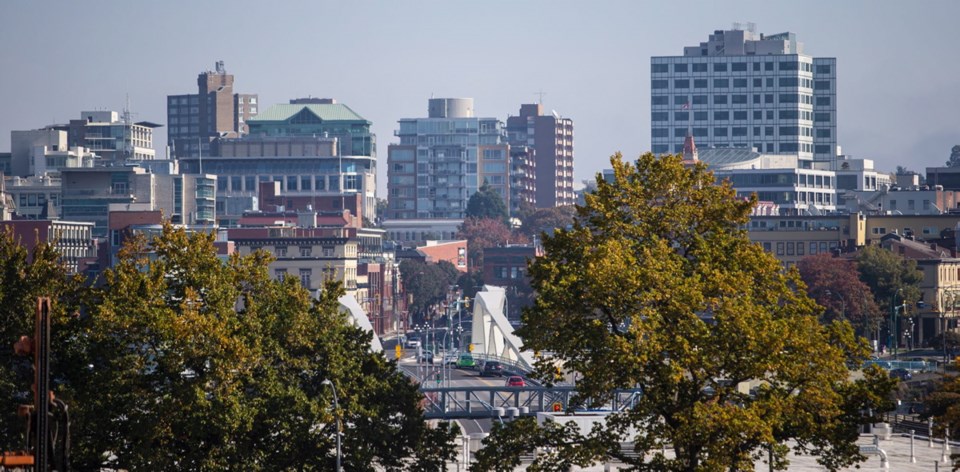For 12 consecutive months now, monthly real estate sales in Greater Victoria have dropped compared to the same month the year before.
A total of 498 properties changed hands through the Victoria Real Estate Board in November — down by 25.8 per cent from the 671 properties sold in November 2017.
Last month’s sales are down from October as well, by 16.7 per cent.
Single-family home sales slid by 20.8 per cent year-over-year in November, the board said.
Condo sales declined by 30.9 per cent for the same time.
“We certainly anticipated a difference this year in terms of sales for November compared to last year,” Kyle Kerr, board president, said in a statement on Monday.
“This time last year, the [federal] government announced plans to change mortgage-lending qualification rules and our market saw a rush of activity as buyers tried to beat that new lending criteria which was rolled out Jan. 1.”
The board’s 10-year-average of units sold in November is 515, which better reflects that month’s typical market, rather than the unusual situation last year, he said.
Sales have slowed as interest rates have gone up and as B.C. expanded its foreign-buyers tax and implemented a controversial speculation tax aimed at vacant properties. Those taxes now cover the capital region and other communities, including Nanaimo.
Although sales numbers have decreased, the benchmark price for a single-family home and for a condominium have increased year-over-year. Benchmark tracks the value of a typical home in a specific location.
The benchmark price for all single-family homes sold last month in the capital region was $754,600, up from $715,200 in November 2017. A total of 267 were sold last month.
Greater Victoria’s core area — consisting of Victoria, Esquimalt, Saanich, Oak Bay and View Royal — came in with a higher benchmark of $865,200, from $832,800 the same month last year.
The benchmark price for a condo in the region rose to $493,400 in November, from $448,800 for that same period of time. A total of 152 were sold last month.
For the area north of the Malahat, single-family sales numbers slowed to 305, or by 28 per cent from November 2017 when 426 sold, the 91‘≠¥¥ Island Real Estate Board said.
“Decreased demand and modest inventory increases are helping the board’s housing market transition from one favouring sellers to a balanced or near-balanced market,” the board said in a statement.
“This year’s housing market behaved as expected, moderating after the record-setting pace set in 2016 and 2017.
Government measures aimed at cooling the market, such as tougher mortgage rules and higher interest rates, are “taking their toll on housing sales throughout the country.”
Even so, the year-over-year benchmark prices for single-family homes rose. The benchmark for the region came in at $509,500 in November, an increase from $456,100 the same month in 2017.



